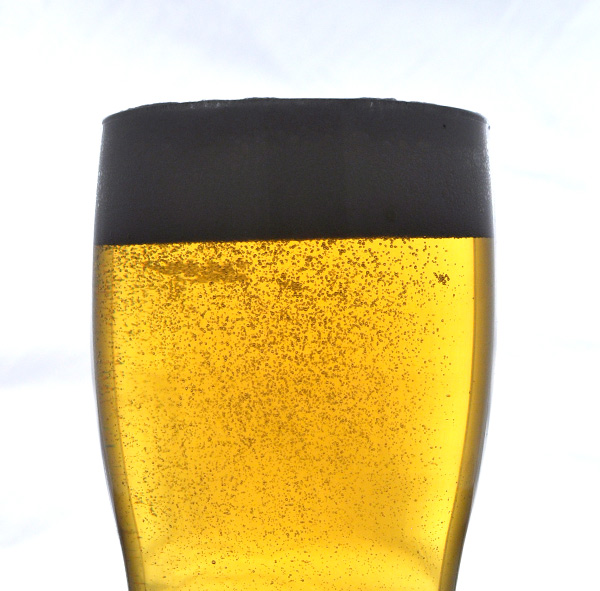 As homebrewers and beer enthusiasts, we taste quite a bit of beer. Often times increasing waistlines are blamed on our passion for sampling various styles of brews, though you rarely hear of wine and spirits catching such flack.
As homebrewers and beer enthusiasts, we taste quite a bit of beer. Often times increasing waistlines are blamed on our passion for sampling various styles of brews, though you rarely hear of wine and spirits catching such flack.
CraftBeer.com debunked the myth of the beer belly and The Truth About Beer and Your Belly, making it clear that beer has zero fat content and a calorie rate that isn’t much different than other fermented beverages. Consuming an overt amount of calories from any source can lead to weight gain, so don’t be so quick to blame our good friend beer.
But how many calories are in the beers you and your friends are brewing at home?
Where Do Beer Calories Come From?
In beer, the main sources of calories come from carbohydrates and alcohol. Both carbs and alcohol are a derivative of malted grains used in beer making to provide the sugars that will mostly be broken down by yeast to form alcohol and CO2.
During fermentation, the yeast will break down the simple carbohydrates, but the longer chains of carbs that are unable to be broken down by the yeast will remain in the finished beer and contribute to the amount of calories. It’s said that, generally speaking, a beer will have about 60% of the calories from alcohol and the remaining 40% from the residual carbohydrates.
To put this into perspective, a beer like Sam Adams Boston Lager (4.9% alcohol) has about 175 calories per 12-ounce bottle. A good rule of thumb is the higher the alcohol, the more the calories.
Contrary to popular belief, color is not a useful signifier of calories, meaning darker beers don’t equate to high-calorie beverages. That being said, the low-calorie beers you see on television commercials are light in color and thin in body because they minimize the use of grains, often times using adjuncts in its place, to reduce the number of residual carbohydrates while keeping the alcohol level. Both of these equate to lower-calorie beers.
How To Calculate Calories in Beer
So how do you determine how many calories are in homebrewed beer? It’s actually fairly simple to equate if you know the original and final gravities of the beer in question. To do this you will need to perform two separate equations to determine the total number of calories from alcohol and the total number of calories from residual carbohydrates, both of which rely on gravity readings.
The following equations are from BeerSmith.com and are used to determine the amount of calories in a 12-ounce serving of beer:
- Calories From Alcohol
- = 1881.22 * Final_Gravity * (Original_Gravity – Final_Gravity)/(1.775 – Original_Gravity)
- Calories From Carbohydrates
- = 3550 * Final_Gravity * ((0.1808 * Original_Gravity) + (0.8192 * Final_Gravity) – 1.0004)
- Total Calories
- = Calories_From_Alcohol + Calories_From_Carbohydrates
So, for example, if you have a pale ale with an original gravity of 1.054 and a final gravity of 1.010, you’d have a total of about 179 calories, 116 from alcohol and 63 from residual carbohydrates.
If you aren’t up for the math, you can find online calculators to do the work for you, like this one on BrewUnited.com.
There you have it! Beer is not some high-calorie devil. As with anything in life, consume beer in moderation while taking into account your caloric intake, and you’ll have no good reason to blame a tighter belt on your love of beer sampling.
from HBA